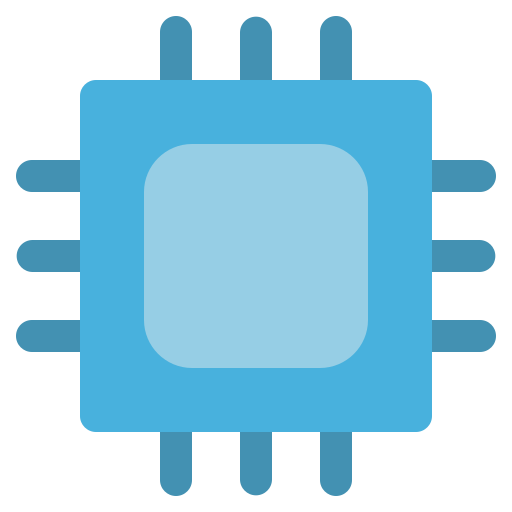Well that looks fascinating. The first thing I thought was the Colin Mcray coders night have been ex-demo scene or at least aficionados of it.
Alex
FLOSS virtualization hacker, occasional brewer
- 2 Posts
- 64 Comments

 4·1 month ago
4·1 month agoFundamentally the reason they want to use kernel modules is to observe the system for other executables interfering with the game. This is a hacky solution at best
The TPM hardware can support attested boot so you can verify with the hardware nothing but the verified kernel and userspace is running. That gives you the same guarantees but without letting third parties mess with your kernel.

 24·1 month ago
24·1 month agoIt’s nice to see Valve and Igalia see the benefit of open GPU drivers for Proton and FEX utilise.
I would have thought unified memory would pay off, otherwise you spend your time shuffling stuff between system memory and vram. Isn’t the deck unified memory?

 8·2 months ago
8·2 months agoI’ll believe it when someone has put a discrete GPU in the slot that runs with open drivers and no hacky workarounds for the PCIe bus.

 4·2 months ago
4·2 months agoGoogle, who are not short of a few bob, raised $25B in bond issues so they can keep up with AI build out. All of big tech seen terrified they will be left behind if they don’t have oodles of floating point compute on tap.

 3·2 months ago
3·2 months agomu4e inside my Emacs session.

 1·2 months ago
1·2 months agoDid you ever play with the audio visualiser? I believe it was built in with the CD-ROM drive? What about Tempest 2000?

 3·2 months ago
3·2 months agoI never got a Jaguar despite being a signed up Atari fan boy at the time. The hardware was ridiculously complex which made ports to it a hard sell and Atari just didn’t have the first party exclusive clout needed to sustain a console at launch.
I do wish I’d had a chance to play with some of Jeff Minter’s creations on it though. Apparently there was a nice audio visualiser that built on the trip-a-tron from the ST days as well as some reboots of classic arcade games like Tempest 2000.

 2·2 months ago
2·2 months agoI’ve generally been up front when starting new jobs that nothing impinges my ability to work on FLOSS software on my own time. Only one company put a restriction in for working on FLOSS software in the same technical space as my $DAYJOB.

 6·3 months ago
6·3 months agoThe article mentioned there is a long history of forks in the open source Doom world. It seems the majority of the active developers just moved to the new repository.
What ever happend to the classic “reticulating splines”?
He does?
I read the first link in the thread that examines his blog post about London. While I don’t agree with his politics he wouldn’t be unusual amongst a significant minority of the population who vote for the likes of Reform. That seems to be enough for some to draw the conclusion he’s a Nazi he wants to arbitrarily murder people.
This automatic jump to accusing anyone who you disagree with a Nazi just devalues the term.

 11·3 months ago
11·3 months agoI helped with the initial Aarch64 emulation support for qemu as well as working with others to make multi-threaded system emulation a thing. I maintain a number of subsystems but perhaps the biggest impact was implementing the cross compilation support that enabled the TCG testing to be run by anyone including eventually the CI system. This is greatly helped by being a paid gig for the last 12 years.
I’ve done a fair bit of other stuff over my many decades of using FLOSS including maintain a couple of moderately popular Emacs packages. I’ve got drive by patches in loads of projects as I like to fix things up as I go.
I didn’t know who Kirk was until the assassination I have better things to do with my limited time than go on a deep dive into their history before posting any comment on the news. I kinda got the vibe when I realised that was who Cartman was based on in the recent South Park.

 2·4 months ago
2·4 months agoWas it before or after Oracle acquired Sun that the fork happened? I’m fairly sure it was Oracle that passed the project across to Apache and I have no idea why the Apache foundation accepted it.

 10·4 months ago
10·4 months agoYeah I don’t think this is an ncdu issue but something is broken with the OPs system.
Why? Scripts can still invoke the needed shell? Or are you taking about things that like to set up a shell environment?

 9·5 months ago
9·5 months agoI’ve long avoided npm but attacks on PyPi are a worry.



Modern machines have TPM so we can do attested boot and validate a system hasn’t been tampered with. They don’t need third party kernel modules to test that.